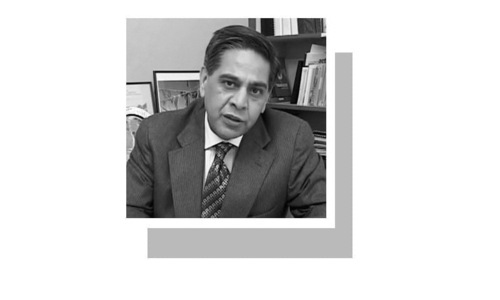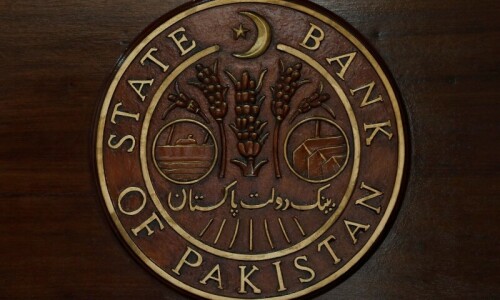
DR ANWER Sadeed in his book Urdu Adab Mein Safarnama has mentioned about 80 Haj travelogues written in Urdu, but the correct number is around 400, says Dr Muhammad Shahabuddin in his book Urdu Mein Haj Ke Safarname.
Bibliography of this research work shows some 250 Urdu Haj travelogues, the works that the author has sifted through. The author has given another list of Haj travelogues in Urdu, which were beyond the reach of the author — as they are published mostly from Pakistan — and it includes over 150 travel accounts written in Urdu. So it makes the total go up to over 400.
The earliest Haj travelogue in Urdu is Deed-ul-Maghrib Al-Ma’aroof ba Hidayat-ul-Musaafireen. It was written in 1848. But it could not see light of day and till today remains unpublished. It was written by Syed Shah Ata Husain Fani Giyavee, a poet and Sufi, and the author found its manuscript with help from Dr Ata Khursheed. Another unpublished Urdu travelogue recording memories and events of Haj is Yaddasht-e-Tareekh-e-Vaqa’e Haj. Penned by Nawab Sikander Begum in 1864, it is also hitherto unpublished.
The earliest published Haj travel account written in Urdu is Mah-e-Maghrib Al-Ma’aroof Ba Ka’aba Numa. It was written by Haji Mansab Ali Khan and first published from Meerut in 1288 Hijri, which corresponds to 1871, as put by the author Dr Shahabuddin. The author has also sorted out some misconceptions about Urdu’s first-ever published Haj travel accounts created by different scholars including Anwer Sadeed. The book is divided into five chapters and they deal with topics concerning what travelogue is, what Haj travelogues are, Urdu’s earliest published and unpublished Haj travelogues, Urdu’s Haj travelogues from 1901 to 1947, Urdu’s Haj travelogues from 1947 to 2009 and Haj travel accounts written in Arabic and Persian and translated into Urdu.

According to Anwer Sadeed, safarnama, as travelogue is known in Urdu, is a narrative that records the observations and inner feelings of a traveller. Improving upon this definition, Dr Shahabuddin says in addition to their observations and inner feelings travellers record the events and experiences as well. Basically, feelings relate to internal world and events record external world. A travel account is a balanced blend of both intraneous thoughts and extraneous matters.
This research work, carried out at Aligarh Muslim University, India, has added much to the already known facts about travel account writing in Urdu, as the real task of a researcher is to tell fact from myth and push the boundaries of human knowledge. First published in India, now a Pakistani edition has been presented by Karachi’s Varsa Publications and is distributed by Karachi’s Fazli’s Book Supermarket.
Most of early general travel accounts written in Urdu remained limited to external world: events and experiences, which makes them sound a report or fact sheet. But it was in some travelogues written in second quarter of the 20th century that Urdu travel writers began to realise the importance of internal world and deep inner feelings invoked by meeting strangers in a foreign land and visiting exotic landscapes. But early Urdu travelogues of Haj are a bit different in that these accounts equally emphasise the inner feelings and sublime experiences since the Haj is a travel that engulfs the traveller’s heart much before the actual journey begins.
The photo used for the title cover of the book is a rare one and was taken in 1885. A brief note in the beginning of the book says it is among a few earliest photographs taken with a camera and till then only hand-drawn illustrations of Holy Ka’aba and other holy sites of Islam were available. Christiaan Snouck Hurgronje, a Dutch scholar had taken this picture. Born in Holland on Feb 8, 1857, he was a scholar of oriental languages and cultures and a professor at Leiden University. The book under review says that he had embraced Islam circa 1881 and his Islamic name was Abdul Ghaffar. He had gone on a pilgrimage to Makkah where he took pictures, including the one put on the title of the book. The book says Hurgronje was expelled from Hijaz as he was suspected of being a non-Muslim.
But it is a controversial issue and the opinion is divided on whether or not he had become a Muslim and, if it all, he was sincere or not. The issue is discussed in some research works including a thesis written by Christina Carvalho at University of Amsterdam in 2010 (available online). The answer to whether or not Hurgronje was a Muslim depends on who you ask. Later on, Hurgronje’s role in Dutch East Indies became questionable as he, with his command over oriental languages and Islamic culture, helped crush locals in Aceh (now a part of Indonesia).
Published in Dawn, June 26th, 2023












































